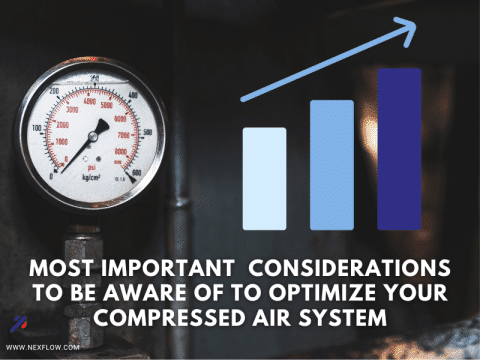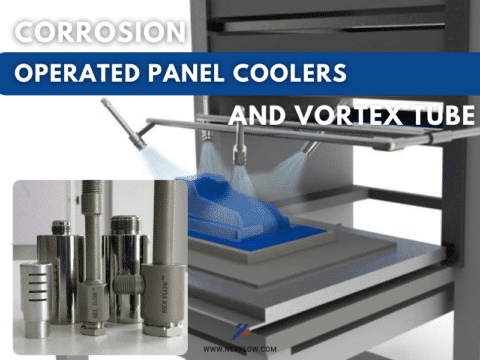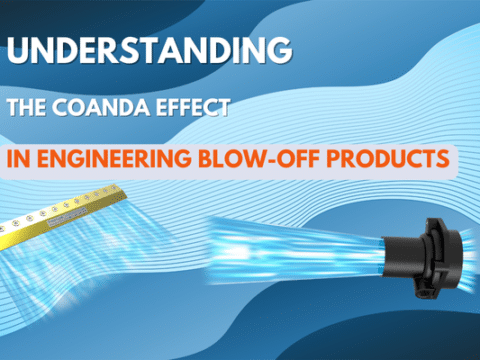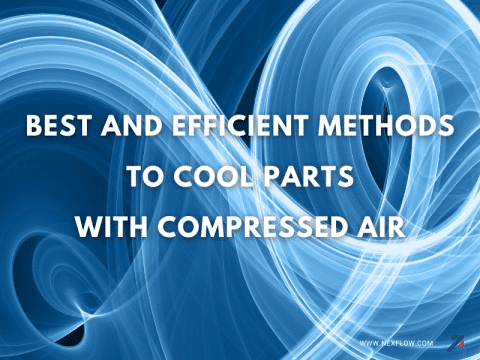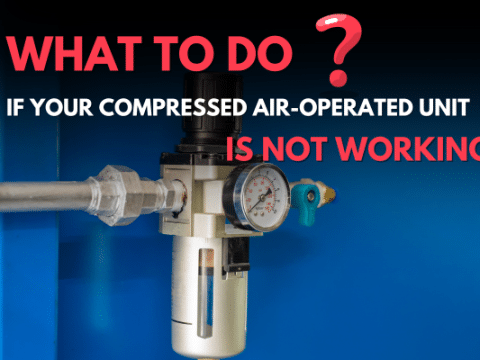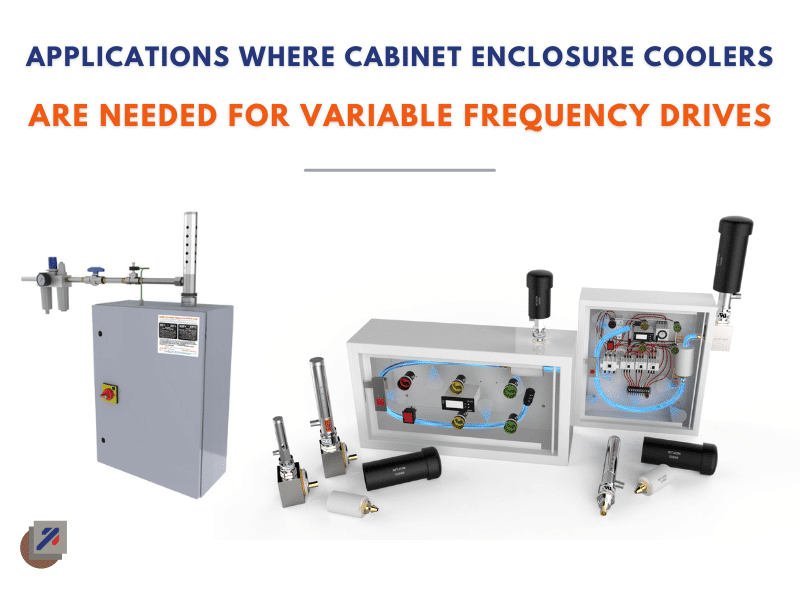
Thyristors and other solid state devices in variable frequency drives generate a large amount of heat up to as much as 6% in some cases, the average for most about 4.5% of rated horsepower. The amount of heat is directly related to the efficiency of the drive.
These solid state units are typically mounted on heat sinks and cooler air is drawn in from the bottom of the control panel and then discharge the hot air at the top of the enclosure.
The removal of this heat under many situations requires the cooling the electrical enclosure and in most circumstances the only viable method is the use of enclosure air conditioners.
Some of these situations are as follows…..
High Panel Temperatures (Over 105 ºF or 40 ºC)
The internal air temperature of an electrical should not exceed 105 ºF (40 ºC) especially as localized temperatures could actually be significantly higher. In fact, the service life of electronic equipment is practically cut in half for every 18 ºF temperature rise above normal ambient temperature.
Near Other External Heat Sources
In applications such as bakeries and steel production, the electrical control panels may be close to very high external sources of heat. A heat source such as a furnace or oven increases the heat load in the drive cabinet enclosure or panel, since the ambient temperature is also elevated. In these locations, only some air conditioner can be effective for cooling an electrical enclosure.
When Exposed to Direct Sunlight
The temperature inside an electrical enclosure situated in direct sunlight will be much higher when exposed directly to solar radiation. Any control panel that sees direct sunlight could absorb up to 100 watts of heat per square foot of surface depending upon the sun’s angle. Reflective paint can deflect much of this solar heat load but, in most cases the temperature inside the enclosure will end up greater than 105 ºF just from the sunlight, without not even considering the additional heat load from variable frequency drives themselves
Higher Level and Mezzanine Floors in Factories
The ambient temperature on a higher level or mezzanine floor in naturally ventilated industrial buildings is usually elevated because hot air is trapped and stratifies under the factory’s roof. The temperature are elevated normally 10 to 20 ºF above the level found on the ground floor. This adds to the heat load in the drive panels to potentially cause premature failure or incorrect operation of the drive. Again, some air conditioner would be required to keep the drive cabinet temperature below 105 ºF.
Corrosive Atmospheres
Electronic equipment is susceptible to corrosion and corrosive atmospheres such as salt spray in marine environments, corrosive chemicals from some production processes, and even particulate containing chemicals that may be in the surrounding air. Drive panels in such environments should have a dust and moisture proof NEMA 4 rating and be provided with a closed circuit enclosure cooling system or some system to keep out the factory environment.
High Humidity Environments
Most electrical drives have a requirement that they are not used in locations where the humidity is high and especially when condensation can occur. In coastal, hot, or humid environments, condensation will easily happen at temperatures close to ambient. A proper enclosure air conditioner will dry the air inside the cabinet, to avoid condensation. If using traditional air conditioners, installing a heater to prevent condensation overnight or during cold periods may be advisable as humidity may stay high and the heating will help prevent the condensation.
Cabinet Enclosure Air Conditioner Best for Variable Speed Drives
The high heat dissipation requirements of variable speed drive panels eliminates the use of simple enclosure ventilation systems in any of the above situations.
However it is ideal for relatively low cost vortex tube operated coolers such as the Nex Flow® Frigid-X® Panel Coolers. These devices are produced in stainless steel to handle any potentially corrosive environment and with bypass systems for continuous purging to keep out harsh atmospheres, designed for NEMA Type 12 (IP54), NEMA Type 3R (IP14), or NEMA Type 4-4X (IP66) for almost any type of control panel.
The intrinsic operation of these cooling systems keeps the control panel humidity low to prevent condensation.
While they may have an increased energy use since they operate on compressed air, this is typically offset by the fact that they do not produce any condensate which may be a disposal cost otherwise, use zero chemicals which can harm the environment and which require costly downtime and replacement, and they automatically create a slight positive pressure inside the cabinet to keep our any harmful environmental air – all with no moving parts and essentially maintenance free operation.
Another saving is because of near zero maintenance and absolutely zero use of filters that need replacement, filters that are costly in material, time and disposal after use.
Taken in total, added energy costs in these applications are offset by savings in maintenance time, materials, less downtime, less replacement, and zero disposal costs.




